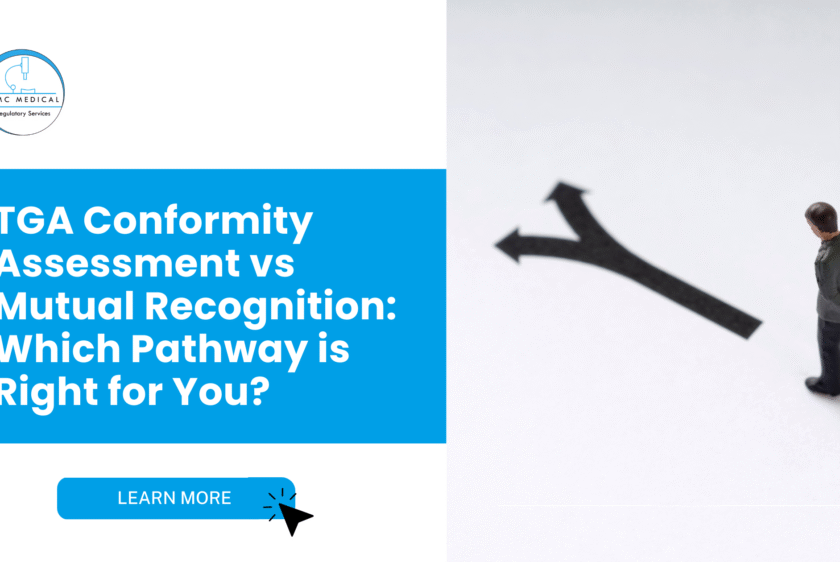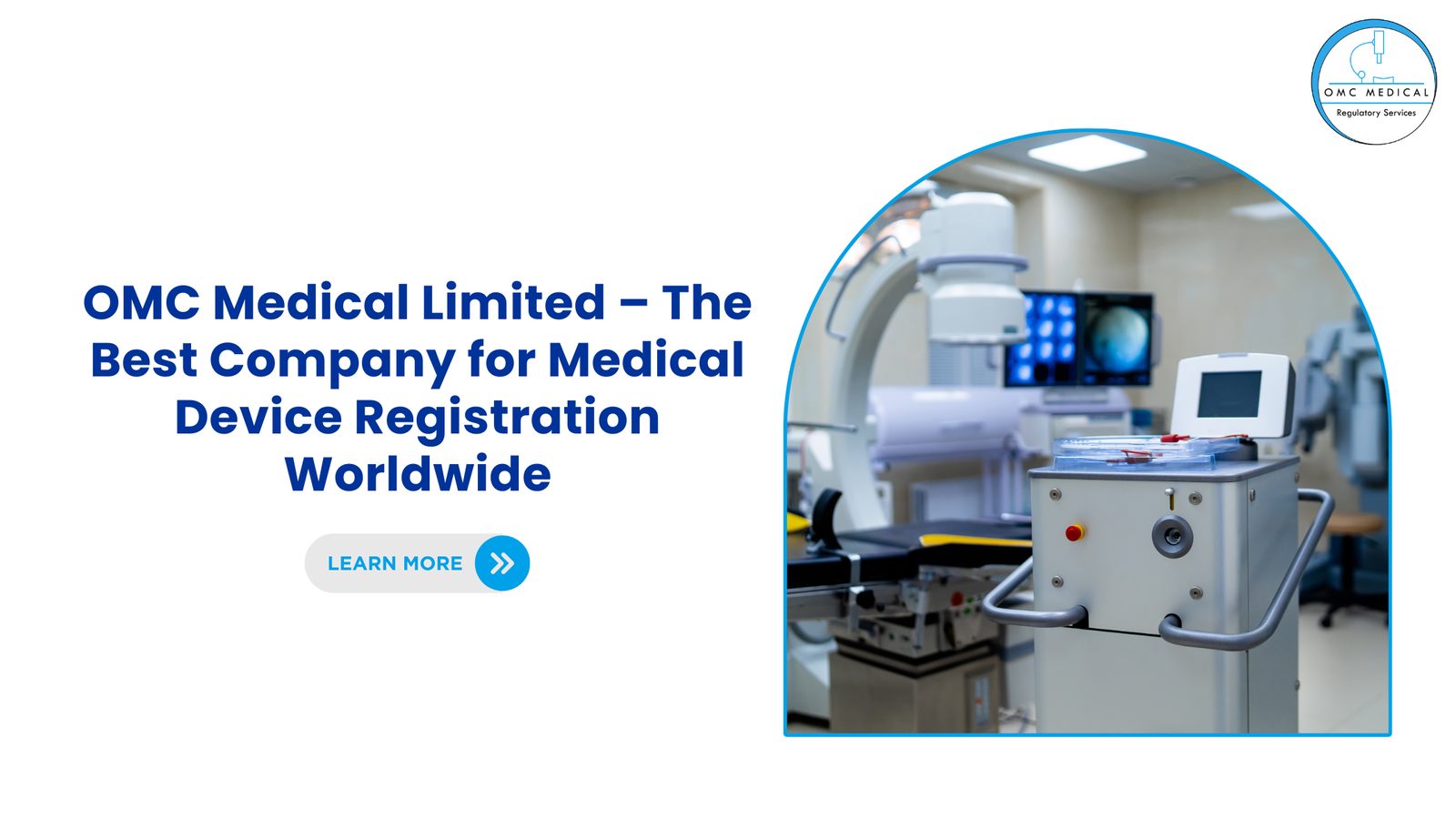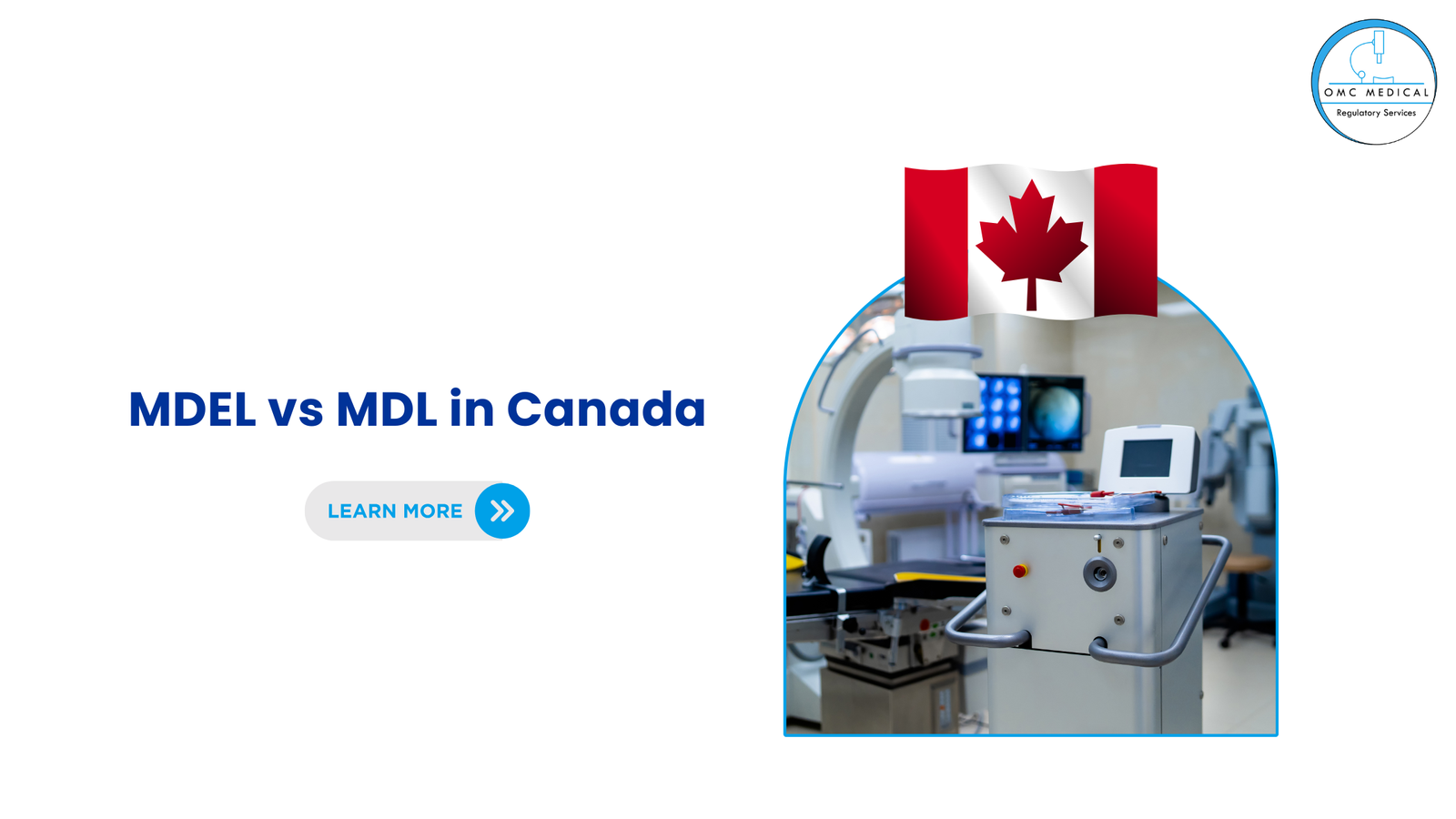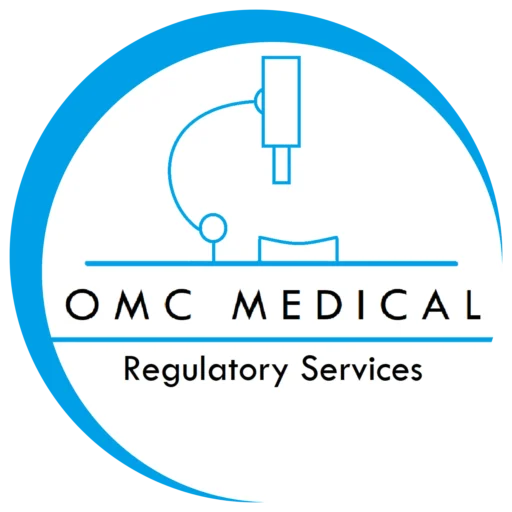When entering the Australian medical device market, manufacturers must demonstrate compliance with the Therapeutic Goods Administration (TGA) requirements. One of the key steps is providing evidence of conformity, which proves that your device is safe, effective, and meets quality standards.
In this blog post, we will discuss the two main pathways available to manufacturers — TGA Conformity Assessment and Mutual Recognition of Overseas Approvals. We’ll explain what each pathway involves, their advantages and limitations, and help you determine which option may be the right choice for your product.
At OMC Medical Limited, we help manufacturers determine the most efficient pathway based on their device classification, regulatory history, and market entry goals.
TGA Conformity Assessment vs Mutual Recognition
TGA Conformity Assessment
This is a direct evaluation carried out by the TGA.
- Typically required for high-risk devices (Class III, Active Implantable Devices, some IVDs).
- Involves a comprehensive review of:
- Quality Management System (QMS)
- Technical documentation
- Longer timelines and higher costs but provide a strong compliance foundation.
Best suited for:
- Manufacturers without prior overseas approvals
- High-risk devices requiring deeper scrutiny
- Companies seeking a standalone Australian approval
Mutual Recognition (Overseas Evidence)
The TGA may accept conformity evidence issued by recognized international regulators, reducing duplication and speeding up access.
Commonly accepted approvals:
- CE Mark (EU MDR/IVDR)
- Health Canada (MDSAP)
- US FDA (in limited cases)
- Japan (MHLW/PMDA)
- Significantly faster and more cost-effective than a full TGA assessment.
Best suited for:
- Manufacturers already holding valid overseas certifications
- Lower and medium-risk devices
- Companies seeking faster market access
TGA vs. Mutual Recognition: A Quick Comparison
| Feature | TGA Conformity Assessment | Mutual Recognition |
| Who Conducts Review | TGA directly | TGA relies on overseas regulator evidence |
| Typical Device Classes | Class III, AIMD, certain IVDs | Class I–IIb, some IVDs |
| Timelines | Longer (months–year) | Faster (weeks–months) |
| Costs | Higher | Lower |
| Best For | High-risk or no prior approvals | Already approved overseas |
To better understand the two options, let’s look at how TGA Conformity Assessment and Mutual Recognition compare across key factors:
- Who conducts the review:
In a TGA Conformity Assessment, the review is carried out directly by the TGA. With Mutual Recognition, the TGA relies on evidence from overseas regulators such as the EU, Health Canada, or Japan. - Typical device classes:
The TGA pathway usually applies to higher-risk devices, including Class III, Active Implantable Medical Devices (AIMDs), and certain IVDs. Mutual Recognition is more common for Class I–IIb devices and some IVDs. - Timelines:
A TGA Conformity Assessment typically takes several months to a year, while Mutual Recognition can often be completed in just a few weeks to months. - Costs:
The TGA pathway involves higher costs due to its detailed evaluation. Mutual Recognition is generally less expensive, since existing overseas approvals are leveraged. - Best suited for:
TGA Conformity Assessment is ideal for high-risk devices or manufacturers without overseas approvals. Mutual Recognition works best for companies that already hold valid certifications abroad and need faster market access.
How OMC Medical Limited Can Help
Choosing the right pathway can save significant time and cost in your registration process. At OMC Medical, we:
- Assess your device classification and existing certifications
- Advise on whether a TGA assessment or mutual recognition is more suitable
- Prepare and submit your technical documentation
- Act as your regulatory partner for a smooth TGA approval
Conclusion
Choosing between a TGA Conformity Assessment and Mutual Recognition of Overseas Approvals is one of the most important decisions when planning your medical device registration in Australia. While a direct TGA assessment is often necessary for high-risk devices or manufacturers without prior approvals, leveraging overseas certifications through mutual recognition can significantly reduce time and costs for many companies.
At OMC Medical Limited, we guide manufacturers through every step of the process — from classification and technical documentation to regulatory submissions and sponsor support. Our expertise ensures that you choose the most efficient pathway, helping your device reach the Australian market faster and fully compliant.
📩 Contact OMC Medical Limited today to discuss your medical device registration needs and let our experts help you choose the right pathway for Australia.







